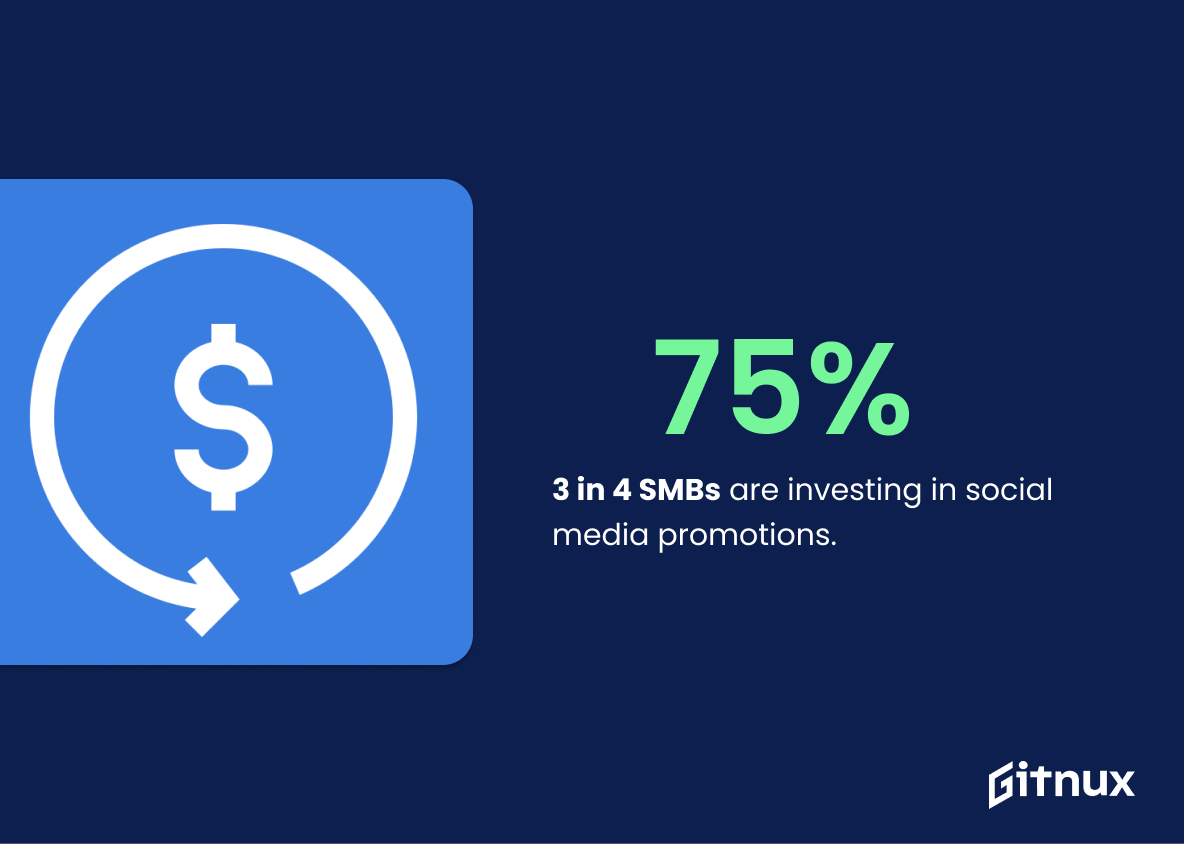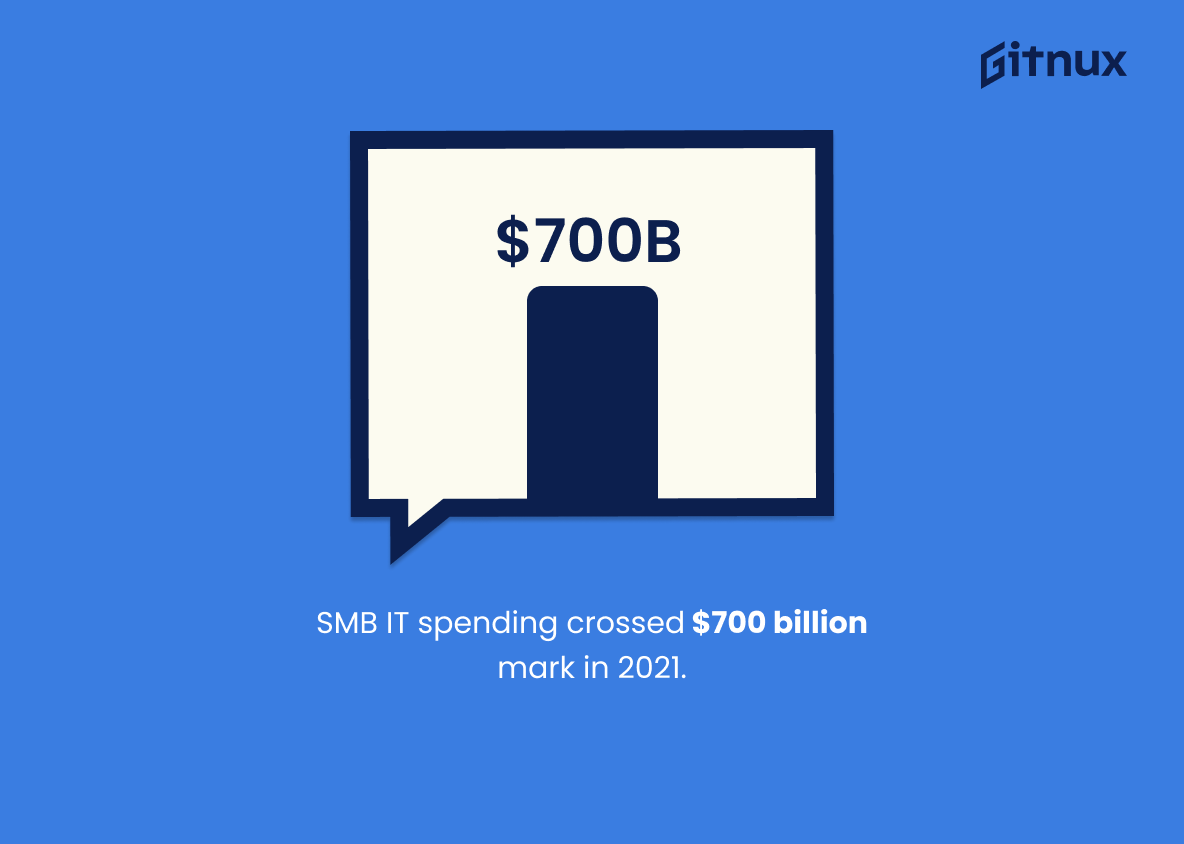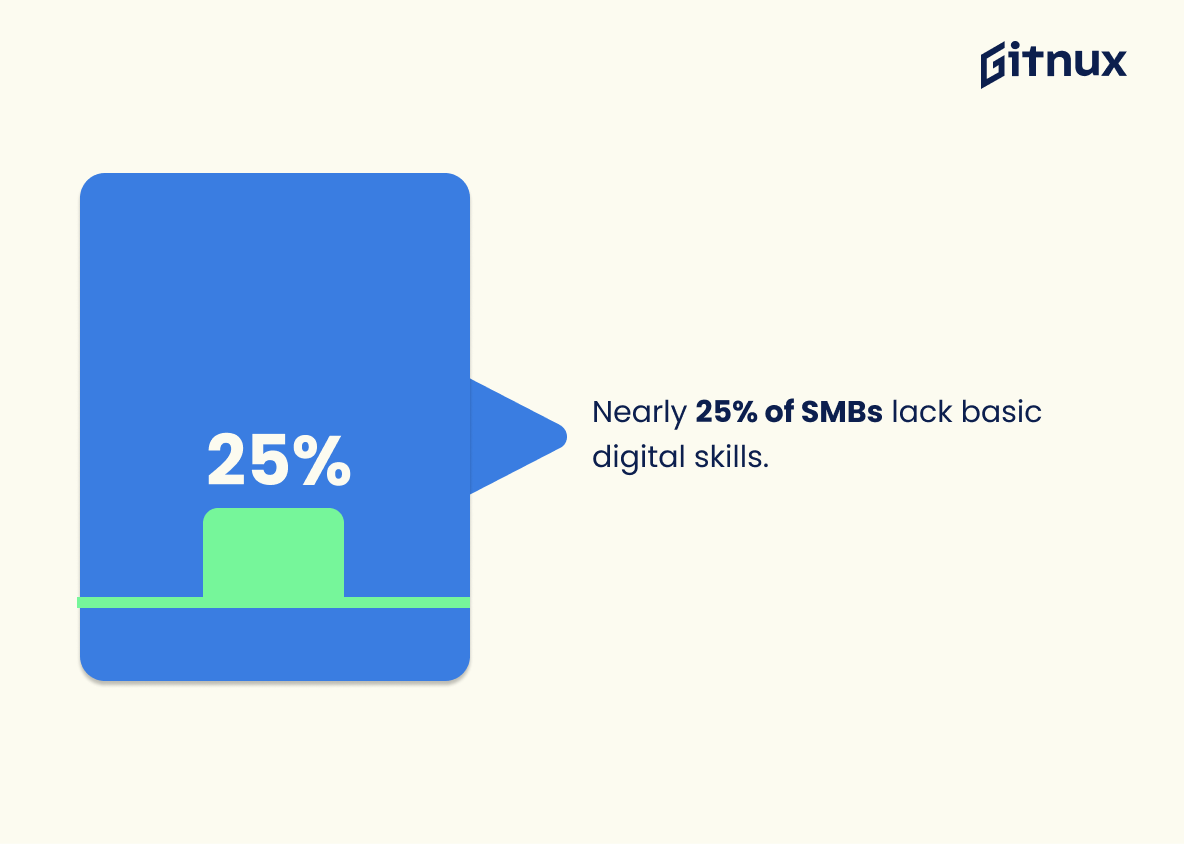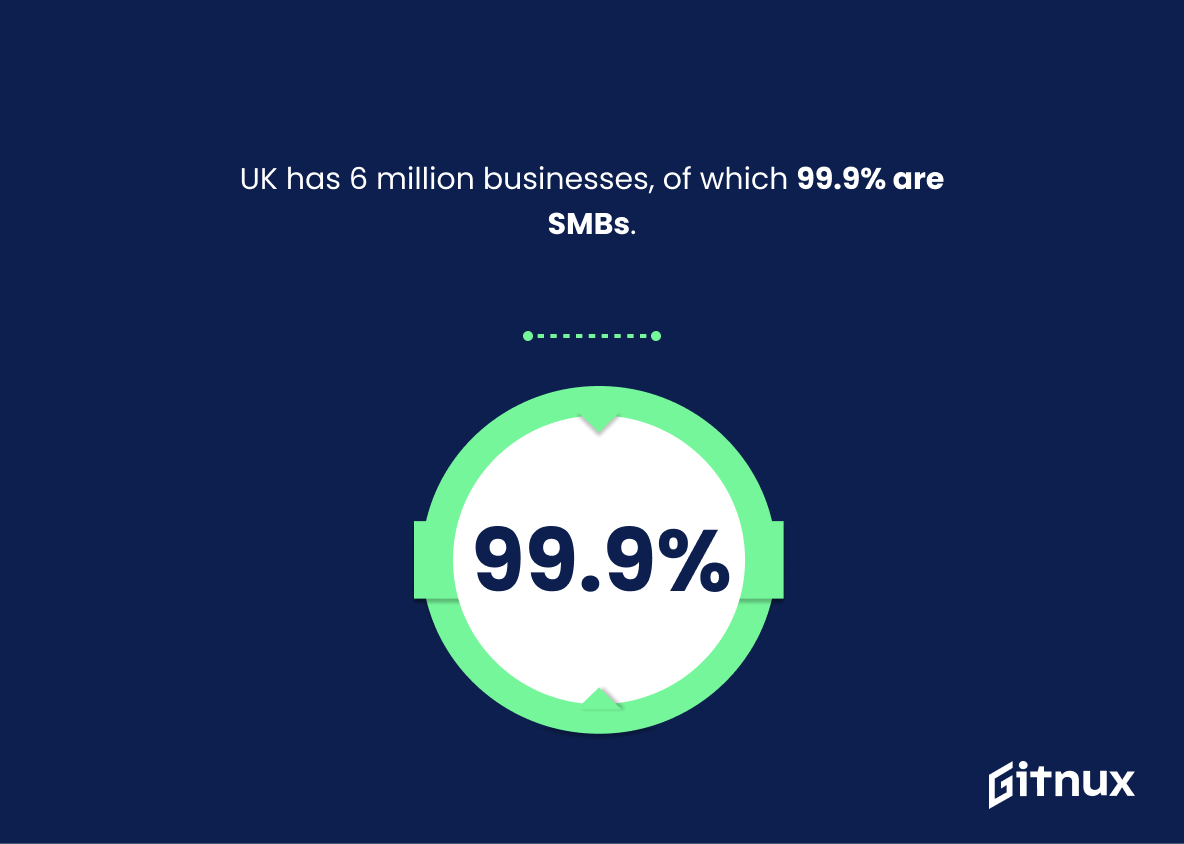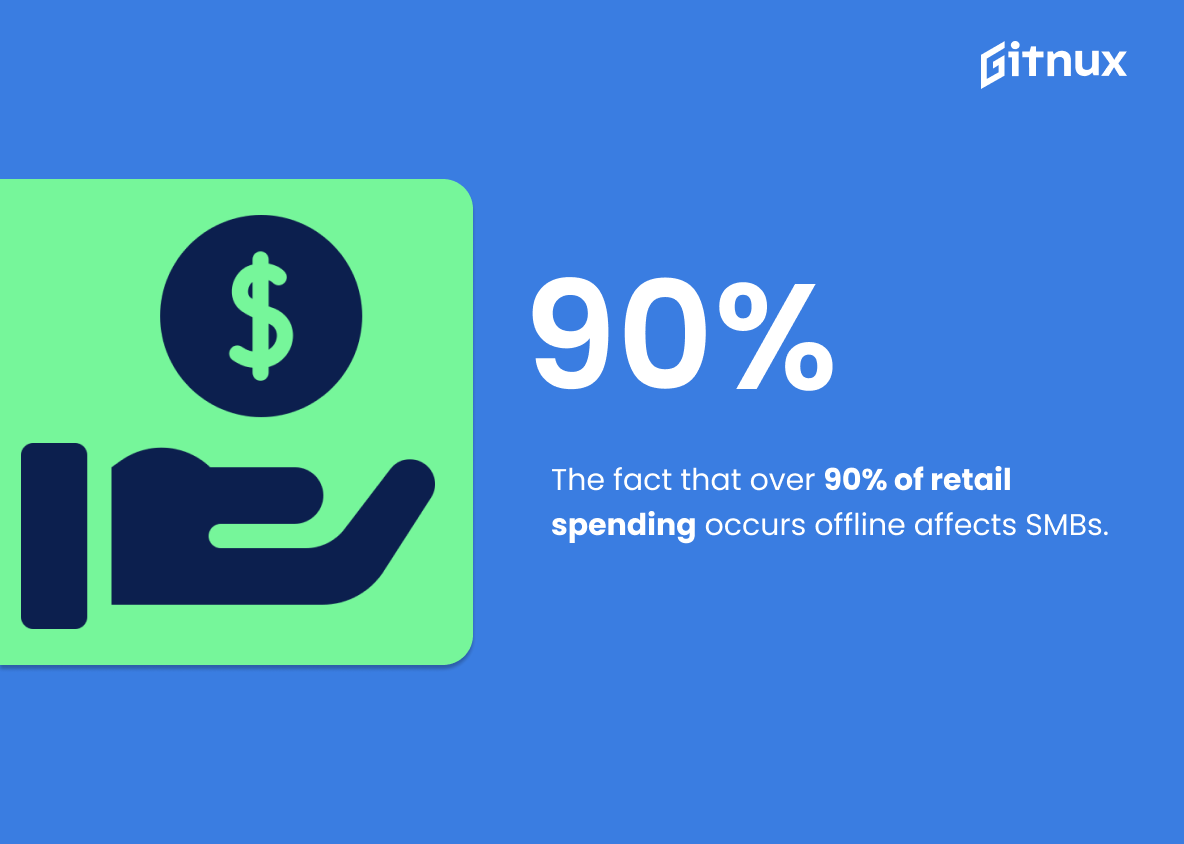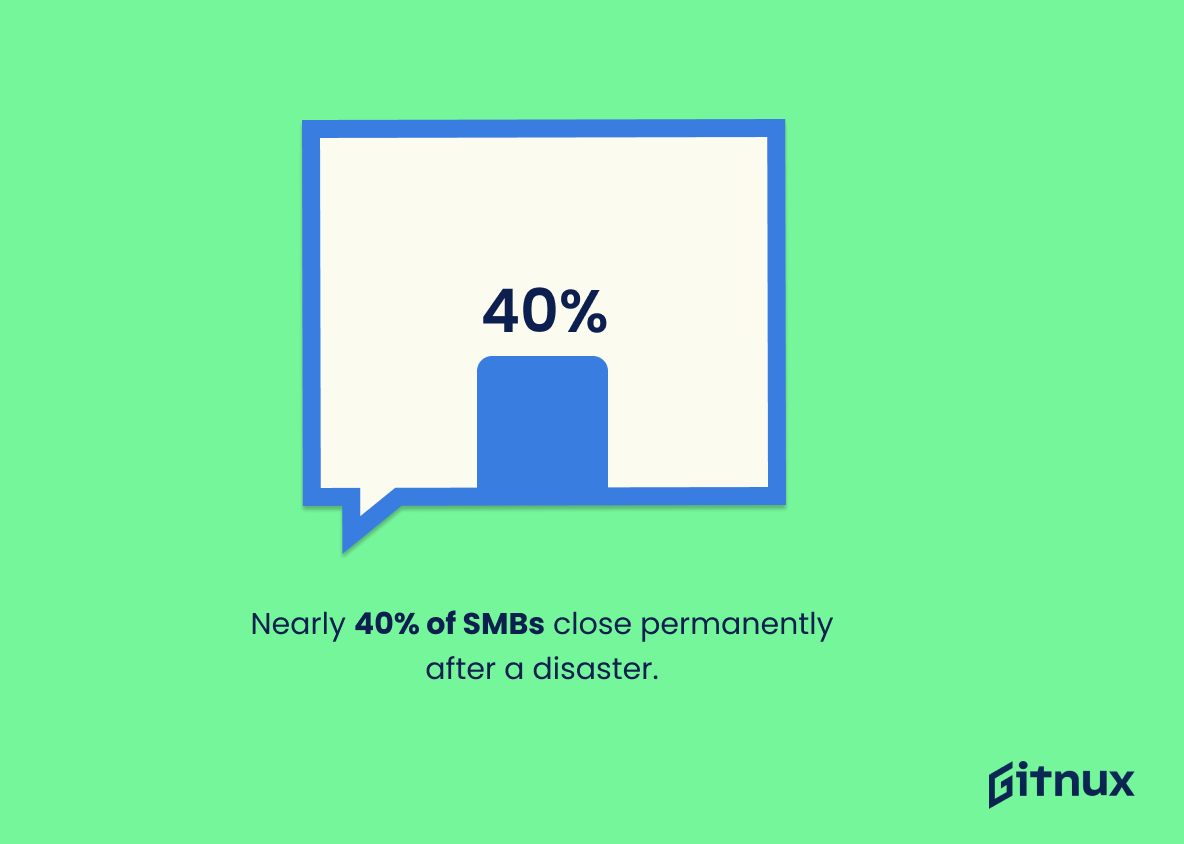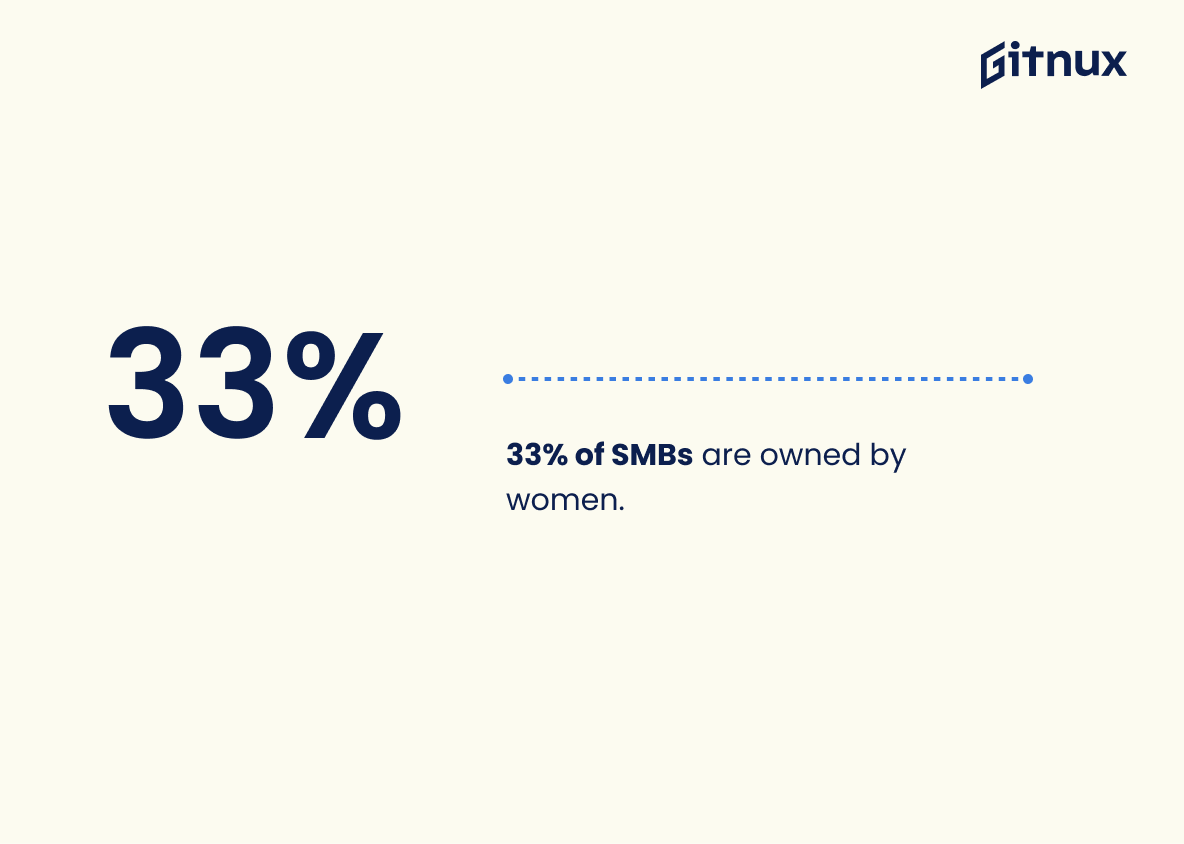The Small and Medium Business (SMB) industry, with its vibrant diversity and dynamic growth, has significantly evolved over the years. This blog post delves into the latest SMB Industry Statistics, showcasing the central role these enterprises play within the global economy.
These statistics are not only interesting, but vital as they provide insight on current trends, challenges, and opportunities in the SMB landscape. Whether you’re an entrepreneur, a thought leader, or merely an interested reader, understanding these facts and figures will arm you with knowledge and perspectives indispensable to your professional journey. Welcome aboard.
The Latest SMB Industry Statistics Unveiled
Approximately three out of four SMBs are investing in social media promotions.
In the vast, fast-paced realm of SMB (Small and Medium-sized Businesses) industry, deciphering where companies are channeling their investments offers insightful peeks into trending strategies. The statistic that reveals nearly 75% of SMBs are pouring resources into social media promotions paints a vibrant, digital mosaic of the current marketing landscape. This numerical thread weaves a story of the searing impact of social media in shaping business growth, pointing out the exploding emphasis on digital platforms as arenas to engage customers, build brands, and boost visibility.
With such a significant portion of businesses embracing this path, it underscores that not participating in social media promotions may leave SMBs in the dust of their more digitally oriented competitors. Furthermore, it signals to service providers and consultants the immense potential and growing demand for social media campaigns in the SMB industry. Thus, this statistic serves as a pivotal compass guiding marketers, businesses, and strategists in their pursuit to stay relevant and competitive in the ever-evolving SMB scene.
SMB IT spending crossed $700 billion mark in 2021.
The multi-billion-dollar threshold breached by SMB IT spending in 2021 earmarks a significant digital movement within the SMB industry, serving as an indisputable testament of technological advancement and adaptation. As the figure steeply climbs beyond the $700 billion mark, it highlights the brisk pace at which Small and Midsize Businesses (SMBs) are integrating IT, demonstrating their commitment and increasing dependence on technology to drive their operations, competitiveness, and prospects.
Painting a vivid financial landscape, this statistic becomes an essential linchpin in the narrative of SMB industry statistics, skillfully illustrating the significance and scale of IT investments these businesses are willing to make in the modern digital era. The sheer magnitude of the figure sheds lights on the extent to which technology is interwoven into the fabric of the SMB industry, providing food for thought on the future trajectory of these businesses and the technology industry at large.
SMBs currently makeup 99.7% of businesses in the U.S.
Painting a vivid illustration, the statistic proclaiming that SMBs (Small and Medium-Sized Businesses) constitute 99.7% of businesses in the U.S. underscores the profound wave of influence exerted by these enterprises in the national economic fabric. In the tapestry of a blog post about SMB Industry Statistics, this number intertwines elegantly, shedding light on the undeniably vast presence and vital contribution of these businesses in driving the nation’s economic powerhouse. In essence, this striking statistic punctuates the larger narrative, forming a compelling foundation for discussion, comparison, and exploration of the dynamics and nuances within the SMB landscape.
Nearly 25% of SMBs lack basic digital skills.
Highlighting the statistic that ‘nearly 25% of SMBs lack basic digital skills’ provides a significant insight on the digital divide that exists within the small and medium-sized business sector. It underscores the urgency for increased investment in digital literacy to fortify competitiveness in an increasingly digital marketplace. This pressing issue could be symptomatic of a wider gap that may hibernate growth, performance optimization, or future opportunities for SMBs. Furthermore, it mandates a need to address this digital skills gap strongly in order to unlock the full potential of the SMB industry in the digital era.
In the UK, SMBs account for 99.9% of the business population (6 million businesses).
Envision the landscape of the UK economy as a vibrant and bustling metropolis. Within this metropolis, small and medium-sized enterprises (SMBs) aren’t just small players; they are the dominating force. An astounding 99.9% of UK’s economy, or 6 million businesses, is made up in part by SMBs. This stark reality makes SMBs the unsung heroes of this thriving economy, revealing their weighty impact on this dynamic business panorama.
These numbers demonstrate not only the prevalence of SMBs, but underline their importance in driving economic wave and maintaining the resilience and vitality of UK’s business terrain, making it crucial for the readers of our blog post to understand and appreciate their role in shaping business trends, contributing to job creation, and upholding the economic fabric of the UK.
Over 90% of worldwide retail spending still happens offline, which directly impacts SMBs.
In the pulsating heart of SMB Industry Statistics lies a revelation of colossal importance – ‘Over 90% of worldwide retail spending is still comfortably tucked in the offline realm’. Now, swing the spotlight towards the SMBs; these small or medium-sized enterprises feel the echoes of this trend at their very pulse. Every dollar spent within the brick-and-mortar fabric of the offline world is a direct lifeline, a vital lifeblood to these businesses.
This calls for a strategic shift in the SMBs’ mindset, reminding them not to lose sight of offline pathways while making headway into the digital ones. Even in the era of e-commerce revolution, the traditional physical storefront holds its ground strong, thus emphasizing the need for SMBs to keep their offline presence robust and engaging. So, the whispers of this statistic ought to echo loud and clear in the strategic blueprint of every SMB.
Nearly 40% of SMBs close permanently after a disaster.
Delving into the world of SMB Industry statistics, one noteworthy digit commands attention: nearly 40% of SMBs close permanently after a disaster. This statistic casts a significant hue on the challenges SMBs face. It is not merely a number but a striking reflection of vulnerability and resilience within the SMB industry.
It radiates the important message for SMB businesses to put substantial focus on disaster preparedness and recovery plans. Moreover, this fact takes the spotlight when evaluating the strength of a sector that forms the backbone of our economy, arousing thought-provoking discussions on the need for more robust support mechanisms and safety nets for these enterprises to weather adversities.
33% of SMBs are owned by women.
Delving into the realm of SMB industry statistics, unearthing the fact that 33% of SMBs are owned by women offers a compelling narrative about the growing influence of female entrepreneurs. It uncovers a powerful shift towards gender equality in the world of business, painting a dynamic picture of the changing landscape.
It is a testament to the increasing empowerment of women in the entrepreneurial spectrum, underpinning the immense contribution they are making in driving economic growth and innovation. Highlighting this number helps to ensure a more comprehensive understanding of the industry, inspiring many more women to shatter the glass ceiling. In essence, it transforms numbers into stories, whispering tales of perseverance, resilience and triumph.
23% of SMBs felt that managing their time and workload was their single biggest challenge in the first few years of operation.
Examining this statistic serves as a potent reminder of the hurdles faced by small to medium-sized businesses (SMBs) during the delicate initial operating years. A substantial proportion, almost a quarter, flagged time management and workload as their prevailing concerns, highlighting a potential barrier to achieving operating efficiencies and growth.
Understanding these struggles can steer SMB-focused solutions, policies, and discussions towards better resources, processes, or tools, leading to a robust, thriving SMB industry. This is an integral part of the wider conversation on SMB industry statistics, iterating the crucial role that effective time management plays in the success of these businesses.
The cybersecurity breaches cost smaller businesses an average of $200,000 in 2019, putting 60% of them out of business.
This alarming figure serves as a beacon for all small and medium-sized businesses (SMBs), highlighting the severe financial blow cybersecurity breaches can deal. The average cost of $200,000 in 2019 forms a stark warning symbolizing a tsunami-sized wave capable of swallowing a significant portion of them, precisely 60%. Now, what does this monumental loss mean for these SMBs? Simply put, it’s their demise.
Given the significant financial incongruity between SMBs and larger corporations, these costs, when paired with their potentially smaller budgets, can create an insurmountable financial wall. For SMB entrepreneurs reading this, it starkly emphasizes the paramount importance of comprehensive, robust cybersecurity measures in safeguarding your business’s future, resilience, and indeed, survival in the current digital age.
About 33% of SMBs currently use a cloud computing service for their operations.
Diving deeply into the heart of SMB industry statistics reveals a shimmering pearl of wisdom; around 33% of SMBs are presently utilizing cloud computing services for their operations. This notable trend is no mere number. It breathes life into the evolving digital narrative of Small and Medium-sized Businesses, showing how they are adapting to the winds of change in the tech panorama.
Recognizing the power of the cloud to level the playing field, SMBs are tapping into this reservoir of technology, seeking scalability, operational flexibility, and cost-efficacy that might have been hitherto elusive. Their adoption rate, symbolized by this significant 33%, fuels the discourse around the nimbleness and tech-savvy approach of SMBs navigating their voyages in the industry’s ever-changing seas.
Conclusion
Having traversed through a range of critical SMB Industry Statistics, it’s clear that the small and medium-sized business sector is a powerhouse driving economic growth globally. Investing time, financial resources, and innovative technology are keys to unlocking potential growth in the ever-evolving SMB landscape. Engaging in effective digital marketing strategies, including SEO, can help these businesses stand out in a crowded market and boost their online presence.
By understanding the current trends and insights depicted by these statistics, businesses can strategically position themselves for sustainable financial success. Thus, witnessing the resilience of SMBs, we can confidently anticipate their continued influence on our economic landscape. Stay tuned for future updates to keep your business ahead in this dynamic industry.
References
0. – https://www.www.uschamber.com
1. – https://www.www.fsb.org.uk
2. – https://www.www.pymnts.com
3. – https://www.www.rightnetworks.com
4. – https://www.www.guidantfinancial.com
5. – https://www.sbecouncil.org
6. – https://www.www.fema.gov
7. – https://www.www.campaignmonitor.com
8. – https://www.www.cnbc.com
9. – https://www.www.score.org
10. – https://www.www.idc.com
